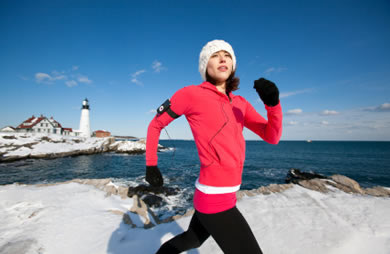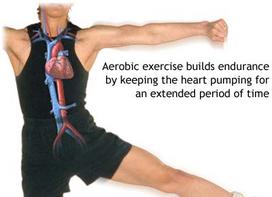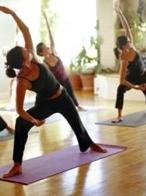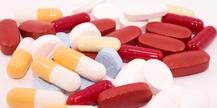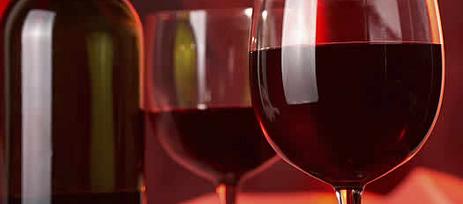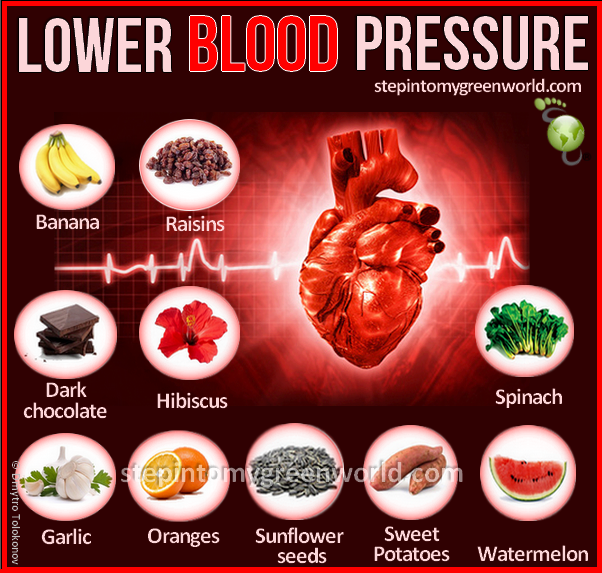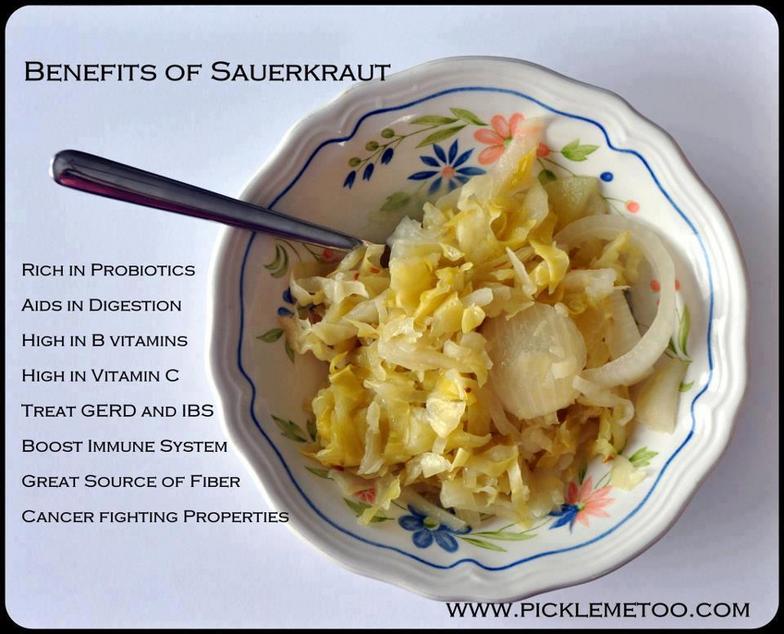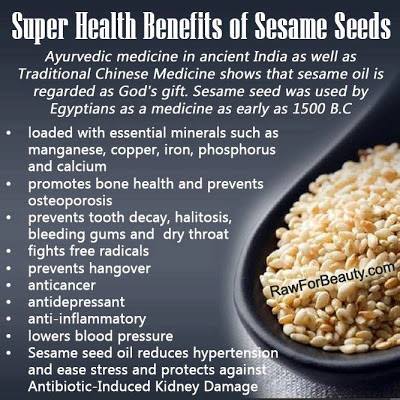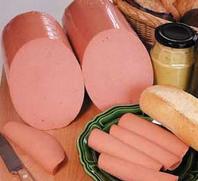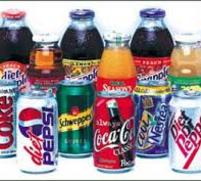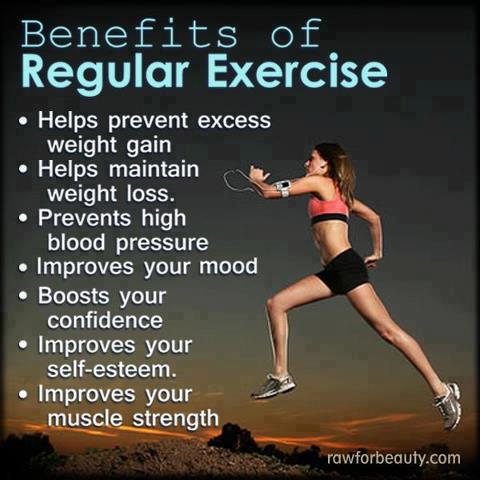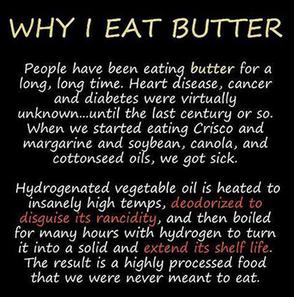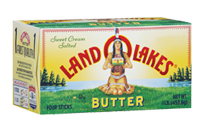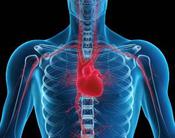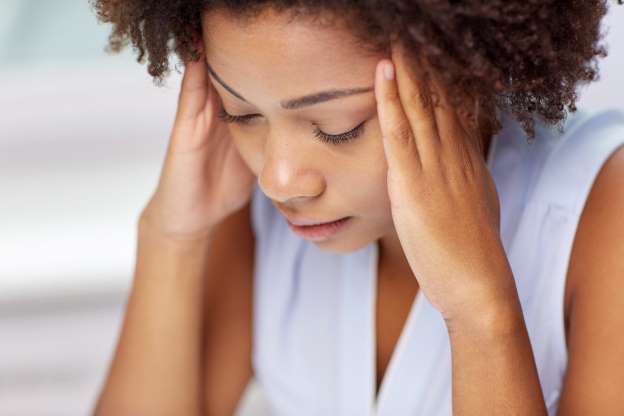HealthAndFitnessMostWanted.com...
Health and Fitness Programs, Solutions, Strategies & Training for Healthy Living...
We Put Our Expertise to Work for You!
At Health & Fitness Most Wanted, we are Proud to Contribute to Our Community as a Premier Provider of Products, Programs, Services, Solutions, Strategies & Training for Those On The Go in Today's World! All of our products and sponsors on our website we feature today are some of the most trustworthy companies in the world today and we have the utmost respect for them as we continue to supply you with some of the best Health Alternative Products on the Net for the 21st century! We are also Proud to Provide The Latest News and Tips for Those Intent on Keeping in Shape in Today's Fast Paced LifeStyle! Save us as one of your favorites and come back often! You will be glad you did!
RED WINE COULD MASK
TESTOSTERONE LEVELS
Jan. 7, 2013 — Red wine could give athletes and players a boost in the sports arena by increasing the amount of performance-enhancing hormone testosterone in their bodies, according to researchers from London's Kingston University.
However not only could the beverage help them to trophy success, it could also allow them to beat anti-doping tests. A team led by Professor Declan Naughton, from the University's School of Life Sciences, found that red wine might reduce the amount of testosterone excreted by the body, which could distort the findings of drug tests taken from urine samples.
Testosterone is a naturally-occurring steroid hormone present in both men and women. It can increase muscle mass, boost stamina and speed up recovery. Sportspeople, however, are prohibited from taking it, or a synthetic version of it, to try to gain a competitive edge.
Although red wine is not a banned substance away from the sports field, Professor Naughton's team has referred its findings to the World Anti-Doping Agency because of the newly-discovered side effect of potential change to the amount of testosterone in the body.
"Previous research has shown the effect over-the-counter anti-inflammatory drugs can have on enzymes," Professor Naughton explained. "Since many of these drugs are derived from plants, we decided to look at the effect particular foods and beverages can have on enzymes involved in testosterone excretion. We chose green tea and then red wine because both have a huge variety of natural molecules and we wanted to see if they affected the amount of testosterone excreted in urine."
The team found that a compound in red wine, known as quercetin, partially blocked the action of an enzyme called UGT2B17, which looks for testosterone and then sends a message to the kidneys to excrete it.
Professor Naughton stressed that the research had so far been conducted in test tube experiments and had yet to be trialled on humans. "A full clinical study would be needed to determine the effects on people but, if the same results were found, it would confirm that compounds in red wine can reduce the amount of testosterone in urine and give a boost to testosterone levels," he explained.
The effect of red wine on an individual would vary because of factors such as weight, fitness, health and diet, making it hard to estimate how much was needed to improve performance, Professor Naughton said.
Teetotallers are not exempt from the effects. In fact, the alcohol content of red wine has very little impact because non-alcoholic molecules are responsible for inhibiting testosterone excretion.
The team also found the results were the same for red wine extract in supplement form. The active compounds such as quercetin are found in many foodstuffs as well as supplements.
The findings have been published in leading international journal Nutrition. The research follows an earlier study from Professor Naughton's team which showed that green and white tea could also inhibit testosterone excretion.
STUDY: AEROBIC TRAINING BETTER THAN
RESISTANCE TRAINING FOR WEIGHT AND FAT LOSS
Jan. 2, 2013 — A new study led by North Carolina researchers has found that when it comes to weight- and fat loss, aerobic training is better than resistance training. The study is believed to the largest randomized trial to directly compare changes in body composition induced by comparable amounts of time spent doing aerobic and resistant training, or both in combination, among previously inactive overweight or obese non-diabetic adults.
The study is entitled "Effects of aerobic and/or resistance training on body mass and fat mass in overweight or obese adults". It is published in the December 2012 edition of the Journal of Applied Physiology published by the American Physiological Society.
Methodology
A total of 234 previously sedentary overweight or obese males and females, age 18-70 years of age, were enrolled in one of three eight-month supervised protocols: aerobic training (AT), resistance training (RT), or a combination (AT/RT). Of the total, 119 participants completed the trials and had complete data for the variables of interest in the article.
Those assigned to aerobic training exercised vigorously, at about 70-85% of maximum heart rate. They exercise approximately 45 minutes three days per week throughout the study period.
Individuals assigned to resistance training also exercised three days a week, completing three sets of 8-12 reps on eight resistance machines that targeted all major muscle groups. Resistance was increased throughout the study to maintain a steady level of challenge as the participants gained strength.
Individuals who were assigned to AT/RT performed all the exercises assigned to both AT and RT groups. At the end of study each enrollee was assessed for weight, body composition, waist circumference, cardiopulmonary fitness and strength compared to their baseline.
Key Findings and Conclusions
The researchers found:
• The groups assigned to aerobic training and aerobic plus resistance training lost more weight than those that did resistance training only. In fact, those who did resistance training only actually gained weight due to an increase in lean body mass.
• Fat mass and waist circumference significantly decreased in the AT and AT/RT groups, but were not altered in RT. However, measures of lean body mass significantly increased in RT and AT/RT, but not in AT. The finding suggest that aerobic exercise is more effective in reducing these measures.
• Lean body mass increased with both RT and AT/RT, but not AT. Having the benefit to of both modes of exercise allowed AT/RT to decrease body fat percent significantly more than either AT or RT due to decreased fat mass combined with increased lean body mass.
Importance of the Findings
According to Leslie H. Willis, an exercise physiologist at Duke University Medical Center and the study's lead author, "Given our observations, it may be time to seriously reconsider the conventional wisdom that resistance training alone can lead to weight and fat loss."
Willis added, "If increasing muscle mass and strength is a goal, then resistance training is required. However, the majority of Americans could experience health benefits due to weight and fat loss. The best option in that case, given limited time for exercise, is to focus on aerobic training. When you lose fat, it is likely you are losing visceral fat, which is known to be associated with cardiovascular and other health benefits."
In addition to Leslie Willis, the study was conducted by Cris A. Slentz, Lori A. Bateman, Lucy W. Piner, Connie W. Bales and William E. Kraus of the Duke University Medical Center; and Joseph A Hourmard and A. Tamlyn Shields of East Carolina University.
FALL AND WINTER
FITNESS ACTIVITY
There are plenty of ways to be active in fall and winter, even if the weather turns cold. You can stay in shape and have fun while you're at it. Here are some ideas:
Indoors
Go for walks at the mall with a friend. Local schools and churches may have indoor gyms where you can walk. You may want to buy a pedometer from a sporting goods store. You can use it to count your steps. This will help motivate you to walk more.
Get some hand weights or stretch bands to use at home for resistance exercise. You can get fit while you watch your favorite TV show or listen to music. Try doing a little more each week. Use cans of food if you don't want to buy weights.
Buy or rent an exercise DVD, or borrow one at the library. If you have an MP3 player, you can download audio routines from the Internet. This can be a fun way to stay in shape at home.
Take the stairs and fit in walk breaks whenever you can. This will give you extra activity, even on a busy day.
Do active housework like sweeping, mopping, vacuuming, doing laundry, or washing the windows. You can stay active while you keep your home looking good.
Join a gym or health club. You can use machines like treadmills, stair-climbers, or exercise bikes. Try a fitness class or a new indoor activity, like dancing or water aerobics. Many cities have community centers that offer affordable fitness classes.
Get involved in sports leagues in your community or at work. Many cities offer indoor sports like basketball, volleyball, indoor soccer, or swimming.
Outdoors
Rake leaves or do other yard work.
Bundle up, and take the dog for a walk. This can help you make walks part of your daily routine.
Shovel snow. This can be great winter exercise. But if you have heart problems or other health concerns, be sure to ask your doctor if shoveling snow is okay. Overdoing it can put dangerous strain on your body.
Try a new winter activity like skating, cross-country skiing, or snowshoeing. When you do outdoor activities in less populated areas, be sure to plan ahead. Let people know where you will be, and take the right gear for the conditions.
Dress for cold weather
If you plan to be active outdoors, wear clothes that fit well and keep you warm and dry. For protection, it's best to wear:
A warm hat. If it's very cold, you also may want to wear covering for your face, such as a scarf.
Layers of clothing to keep you warm. Wear waterproof outer layers to keep you dry.
Clothing made of wool or polypropylene. These will keep you from losing body heat even if the fabric gets wet. Don't wear cotton.
Wool socks and waterproof shoes. Socks and shoes should fit closely but not too tight.
Mittens rather than gloves. This way, your fingers are together so you can roll them into a fist for warmth.
Be safe
Check with your doctor before you start a new activity if:
You have heart problems or other health issues.
You have not been active in a long time.
Be sure to stop and call your doctor if you have chest pain or feel dizzy during any physical activity. If you have breathing problems like asthma or COPD, ask your doctor before being active in cold weather.
To stay safe, try to do your walking and other activities when it's light out. Use your lunch break, or do family activities when the kids get out of school. If it's dark out, walk with a partner.
Be careful not to slip on wet or icy ground. You can buy "grippers" for your shoes to help keep you from slipping. Avoid outdoor activity in extreme cold, and take the windchill into account.
HOW TO CHOOSE A MULTIVITAMIN
There are lots of good reasons to take a multivitamin. Even the best eating plans can fall short of meeting all of the 40-plus nutrients you need each day. Most Americans fail to meet dietary recommendations for many reasons, including strict dieting, poor appetite, changing nutritional needs, or less-than-healthy food choices. Taking a once-daily multivitamin is an easy way to fill in small nutritional gaps.
But strolling down the vitamin aisle to choose the best multivitamin can be confusing. With so many different brands and varieties to choose from, it’s hard to know where to begin.
WebMD offers simple tips to take the guesswork out of the choosing the right multivitamin for you.
Why Take a Multivitamin?
In a nutshell, it’s wise to make sure your diet is complete with all the nutrients needed for health and wellness.
Healthy eating remains the best source of vitamins, minerals, and nutrients. A multivitamin is not a substitute for healthy food or a healthy lifestyle, but it can provide a nutritional back-up for a less-than-ideal diet. "If your diet eliminates whole food groups or you don’t eat enough variety of foods -- you would benefit from a once-daily multivitamin," says Karen Ansel, spokeswoman for the American Dietetic Association.
The 2010 Dietary Guidelines for Americans identified calcium, vitamin D, dietary fiber, and potassium as nutrients of concern for inadequate intake in adults and children. All of these nutrients, except fiber, come packaged in a multivitamin. Fiber can be obtained as a separate supplement, but it's still best to try to get all your fiber from the foods you eat.
Although some evidence questions the benefit of a daily multivitamin and its ability to stave off disease, many people add them to their diet to maintain or boost health.
According to the U.S. Centers for Disease Control, more than half of U.S. adults take dietary supplements. Multivitamins are the most commonly used supplement, with 40% of men and women reporting they take a daily multivitamin.
The Harvard School of Public Health suggests a once daily multivitamin with extra vitamin D for most people as a nutritional back-up. The Linus Pauling Institute’s Micronutrient Information Center at Oregon State University suggests taking a multivitamin/mineral supplement with 100% of the Daily Value (DV) for most vitamins and essential minerals to maintain health.
Experts may not agree about the effects of daily multivitamins. But, in bridging nutrient gaps, it’s reasonable to assume that multivitamins not only support general health, but may help head off chronic conditions or other health risks. For example, a woman could take a supplement containing folic acid to help avoid some birth defects, or a supplement with calcium and vitamin D to lower her risk of osteoporosis.
The risk of dietary deficiencies is greater than the risk of overdosing on a multivitamin. "Most American diets are missing nutrients and taking a once daily multivitamin will not cause harm, and has the potential to improve a nutrient-poor diet," Ansel says.
HealthAndFitness ToolBox @ www.HealthAndFitnessTool Box.com
A KLEDC Production in association with th FairDealingTraders Network
Holiday, Florida 34690 TEL: 815.307.6614
LATEST HEALTH NEWS
Subscribe To Our Health & Fitness
Newsletter...Packed With Special Offers!

